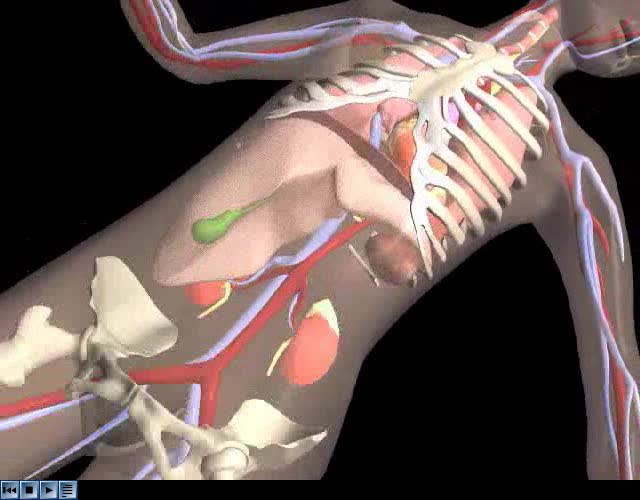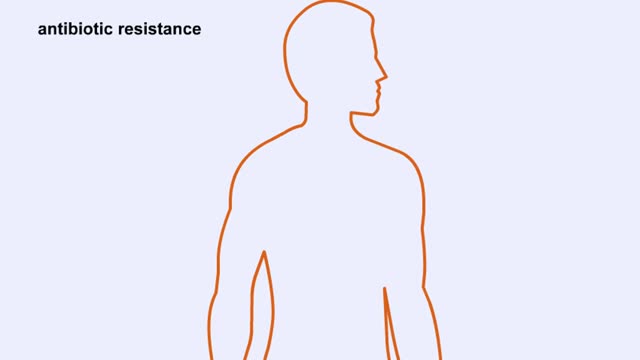Search Results
Results for: 'Primary response to infection'
By: Administrator, Views: 14023
Types of fractures: - Colles' - Pott's - Compression - Vertebral compression - Epiphyseal - Stress - Hip Closed, or simple–A completely internal break that does not involve a break in the skin (x-ray of the tibia and fibula). Note the break in the fibula (smaller bone). Open, or co...
Peptide Bond Formation Animation
By: HWC, Views: 4833
During protein synthesis, peptide bonds link amino acids together in the order specified by DNA instructions. In this case, the first two amino acids in the protein are methionine and alanine. Here are ball-and-stick models of these amino acids. Peptide bond formation is a type of condensatio...
Natural Selection, Species Isolation and Real World Example
By: HWC, Views: 10452
`Natural selection' is the process in which organisms with adaptive traits survive and breed in greater number than organisms without such traits. Eventually, almost all of the individuals in the population will have the same adaptive trait. This was the concept presented by Charles Darwin in ...
Cellular defenses (natural killer cells, phagocyte types & process of phagocytosis)
By: HWC, Views: 10768
• Lymphocytes that rapidly defend against abnormal (cancer) or virus-infected cells. • Found in blood, spleen, lymph nodes, and red bone marrow. • Lack receptors for binding with specific antigens. • Act upon cells displaying abnormal MHC antigens. • NK cells destroy cells in ...
Primary Active Transport - electrochemical gradient and ion transport / water movement
By: HWC, Views: 11218
Energy derived from ATP changes the shape of a transporter protein which pumps a substance across a plasma membrane against its concentration gradient An electrochemical gradient is a gradient of electrochemical potential, usually for an ion that can move across a membrane. The gradient consis...
By: HWC, Views: 11030
Exocytosis is another method of vesicular transport that moves large volumes Of fluid or chemicals out of the cell. It is a process by which a cell transports secretory products through the cytoplasm to the plasma membrane. A examples of cellular secretory products: 1. Secreted protein - enzym...
Cellular slime mold life cycle Animation
By: HWC, Views: 5348
Life cycle of Dictyostelium discoideum, a cellular slime mold Animation. Amoeba-like slime mold cells live in the soil, where they feed on bacteria. The free-living cells grow and reproduce by mitosis. When food dwindles, the amoebas stream toward one another in response to a chemical...
By: Administrator, Views: 14089
Genetics is a branch of biology concerned with the study of genes, genetic variation, and heredity in organisms. Gregor Mendel, a scientist and Augustinian friar, discovered genetics in the late 19th-century. Mendel studied "trait inheritance", patterns in the way traits are handed down from p...
Studying the Left and Right Brain Independently
By: Administrator, Views: 14298
A seizure, technically known as an epileptic seizure, is a period of symptoms due to abnormally excessive or synchronous neuronal activity in the brain. Outward effects vary from uncontrolled shaking movements involving much of the body with loss of consciousness (tonic-clonic seizure), to shakin...
Advertisement











